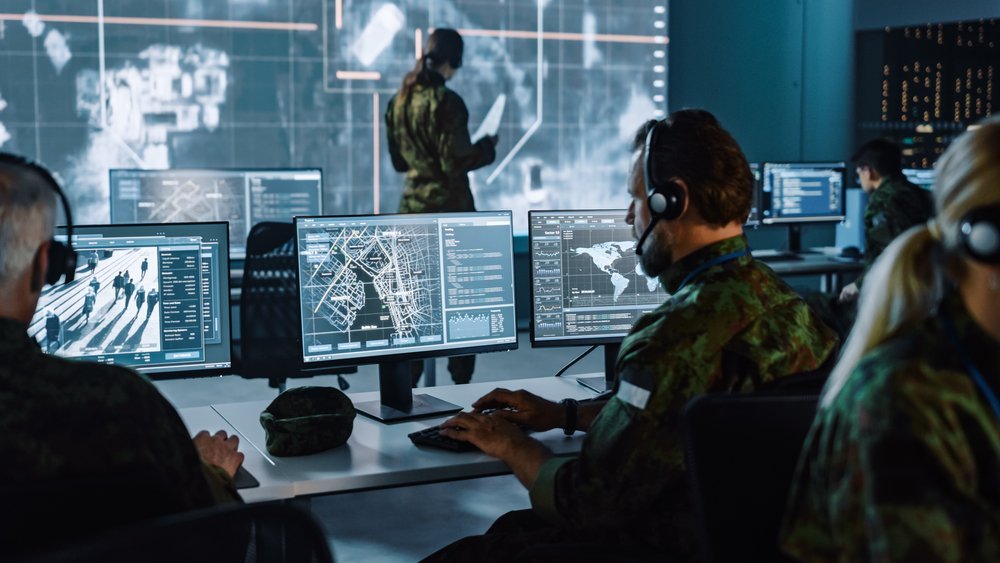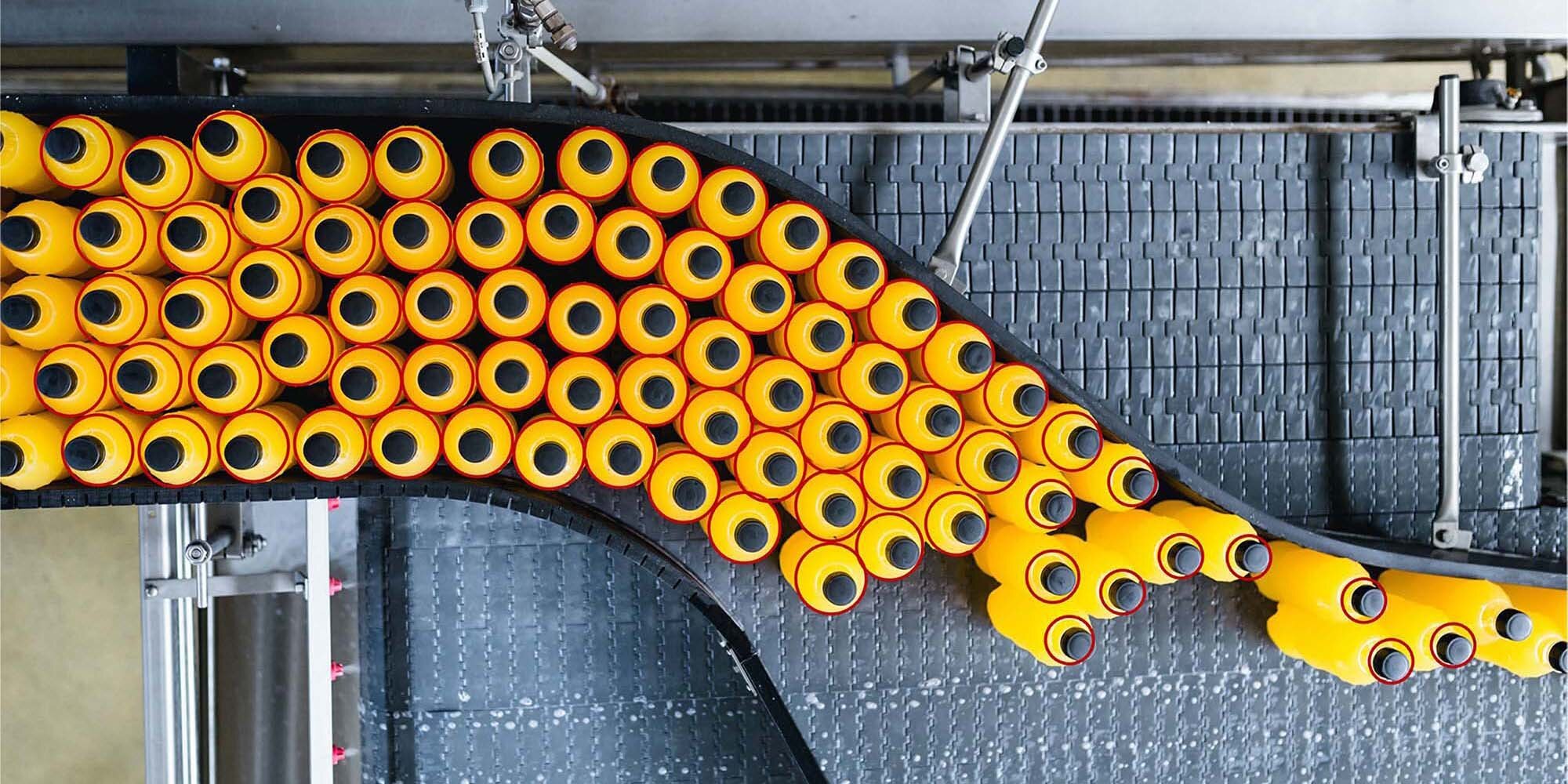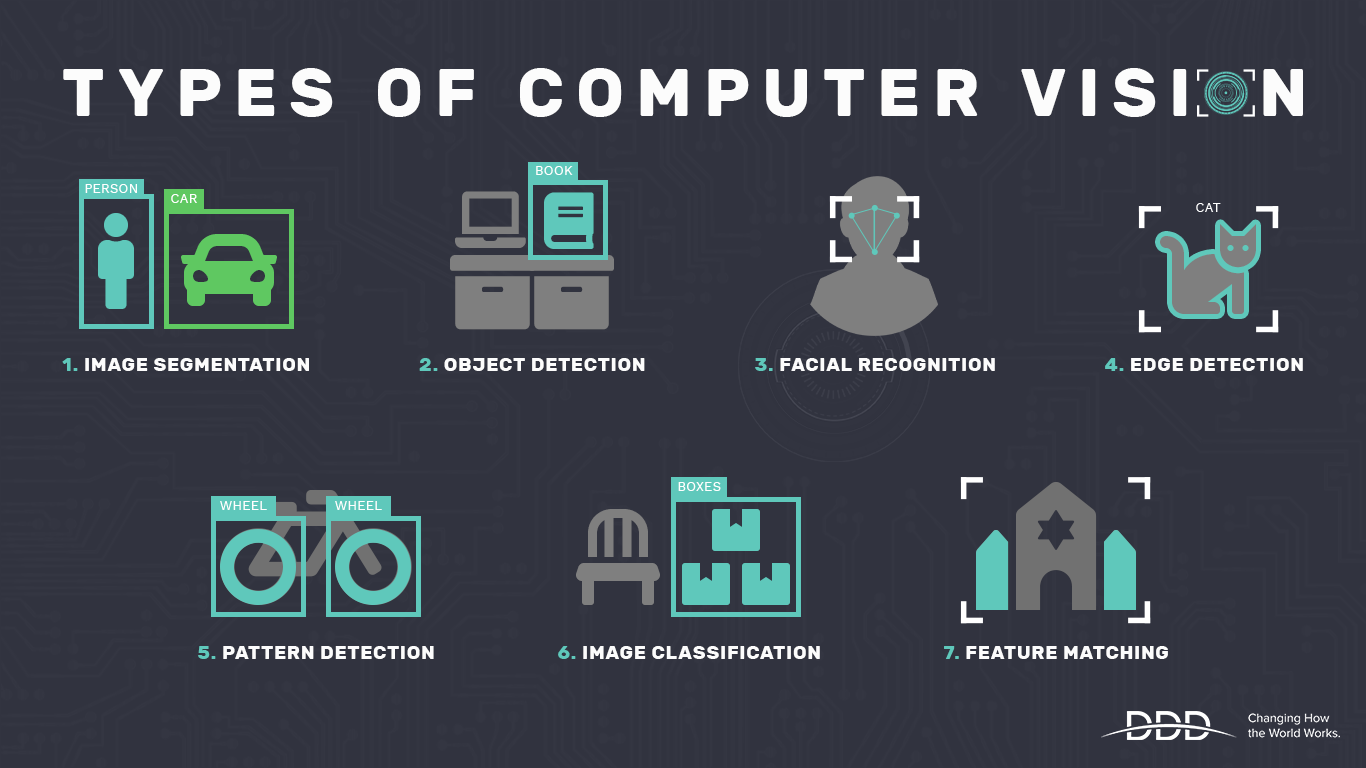Everything You Need To Know About Computer Vision
By Aaron Bianchi
Updated May 2, 2023
If you’re looking for extra security for your home via installation of facial recognition on your doorstep, you’re not alone. The good news? It’s possible. And that’s not all. Computer vision can do a lot more in every area of your life.
There have been constant developments in artificial intelligence, deep learning and neural networks in recent years. Computer vision has made it possible to detect and label objects, being able to accomplish tasks that humans can’t.
Seems like computers are our best friends and can make our lives easier, more entertaining and more secure. Let’s find out what computer vision is, how it works and how you can use it to enhance your everyday life.
What is Computer Vision?
Computer vision is a technology of computer science that focuses on human vision and its replication in order to help computers see and identify objects around them, just like human beings do. In simpler words, computer vision is like replicating the functions of the human eye in a computer.
Remember we talked about face recognition technology right at the beginning of the article? That’s one of the things computer vision enables. It allows phone companies and smart home devices to use facial recognition as a measure of security.
Where did it all begin? 1950s! Yes, that’s how old computer vision is but its growth in recent years has been phenomenal. Back in those days (70s and 80s), it was used to differentiate typed text from handwritten text.
How does it even work? How is computer vision able to detect objects? Let’s find the answer to this and put all curiosity to rest.
How Does Computer Vision work?
This question is like asking how the human brain works. The field of neuroscience has forever been intrigued by how complex our brains are and how they work. Machine learning asks the same question and works in the answer to develop this field of computer science.
Now we all know that brains aren’t easy to study and even science doesn’t have all the answers yet on the exact way images are processed in the brain. This is why computer vision works on what we do know: recognizing patterns.
So how does the computer learn to recognize an image? It all gets down to understanding the complexity of pixels and colors. In simple words, if you feed an algorithm with millions of images of a book, a set of machine learning algorithms will help it analyze the colors, shapes and the relative distance between objects. This helps the computer understand what a “book” is based on the types of data sets. Once done, this computer will be able to recognize books from images that are fed into it in the future.
Let’s break it down into steps. Here’s what a computer does:
Acquire an image
Process the image
Understand the image
Advantages of Computer Vision
Computer vision benefits both the public and the private sector in various ways.
Better Searching Methods
Let’s talk about the advertising industry. Digital advertising mainly relied on keywords and tags. While the method works it’s not cent percent efficient. After the introduction of computer vision to this sector, results got a lot better.Instead of relying on traditional tags, computer vision compares the actual physical characteristics of a specific image. Because of this, people are able to search for exactly what they’re looking for by using a photo to find “similar products”.
Better User Experience
Those filters that transform your face on Snapchat and Instagram are a result of computer vision! With the use of facial mapping and augmentation, computer vision makes it possible to create such features on apps.
Patient Identification And Better Medical Procedures
Computer vision improves patient identification thereby preventing wrong person procedures. One can also expect a more accurate diagnosis via medical imaging analysis. From surgery training assistance to patient rehabilitation assistance, computer vision helps the medical field to achieve goals that were once far-fetched.
The contribution of computer vision to the medical field is quite a boon. Here are some examples of how it helps:
• Patient rehabilitation assistance.
• Medical students training.
• Patient identification.
Better Security
Computer vision works with cyber security systems to monitor any remote activity. This can be done from anywhere which makes it easier to recognize and analyze potential cyber threats and prevent them from happening.
Here are some ways in which computer vision is used:
• Biometrics for identification.
• Security cameras.
• Vehicle identification in instances of car theft.
• AI fire detection that helps detect fires in buildings by taking images or videos.Transport Safety
Computer vision is trained and used to identify unauthorized and harmful objects such as guns, biological weapons, etc, before they are loaded on passenger transport vehicles like an aircraft.
This technology isn’t just used by some airlines but is also used by other public transport such as trains and buses to minimize risks and maximize security for the travelers.
Types of Computer Vision
Image segmentation: Here, the image is divided into multiple regions that are examined separately.
Object detection: This pertains to identification of a specific object in one image. For instance, a book like we talked about earlier. With advanced object detection, your computer can recognize multiple objects in one image.
Facial recognition: Whether it’s human face recognition in general like in those app filters or recognition of a specific person like in a smartphone for unlocking, computer vision does it all.
Edge detection: This method identifies the outer edges of objects to identify what the image consists of.
Pattern detection: This technique helps with identification of colors, shapes, and other visual elements in images.
Image classification: Organizing images into various groups and categories.
Feature matching: This method helps match similarities in images to classify them.
While simple uses of computer vision might just require one of these techniques, more complex ones like self-driving cars may make the use of a combination of various types of computer vision.
Top 9 Computer Vision Applications
Self-driving cars
Since dreams of self-driving cars are coming true, a lot of is can be attributed to computer vision. Tesla has already come up with autonomous vehicles and it’s just a matter of time before you can get around your city in a driverless car too!Augmented Reality
Augmented reality uses computer-generated augmentation to provide an experience of the natural surroundings. If you’ve played games that use AR, you know that they can make you feel like you’re actually in that virtual world while your actions here in the real world affect what’s going on inside the game! You swing your golf club here and the ball goes flying in the game. How cool is that?Medical Imaging
How does a doctor classify X-rays and MRIs into diseases like cancer and pneumonia? Computer vision is the core of early diagnosis in the medical field. It has helped save thousands of lives by enabling doctors to detect diseases early with the help of imaging.Intelligent Video Analytics
Identification techniques like pose estimation, face detection and object tracking have helped CCTV cameras in understanding a shopper’s interaction with various products in a retail shop, queue lengths at airports and malls and other such parameters in public places with large crowds.Manufacturing and Construction
Computer vision systems help in detection of defects and with safety inspections. This helps in a better manufacturing process with fewer chances of error. 3D vision systems make inspections far more superior and efficient in production lines.Optical Character Recognition
OCR goes back to 1974 but with the latest technology and Deep Learning systems, today’s OCR techniques can detect and translate text in natural environments without any human intervention.Read more: OCR in Machine Learning
Retail
Nowadays there are AI stores like “Amazon-go” across the United States that are cashierless and customers can self-checkout after shopping. This shows that computer vision can revolutionize shopping experiences for both the store owners and the consumers.Education
There’s nothing better than providing a personalized learning experience to students because one size doesn’t fit all. Computer vision understands students’ learning behaviors to improve their learning experiences. The technology also helps assess students’ papers to reduce the burden on teachers.Sports and Fitness
Computer vision can help fitness apps capture performance data. This can not only help the person using the app but also help coaches in training sessions. In sports, computer vision can track objects and ball movements to improve referees’ decision-making.
Top Industries Using Computer Vision
Since we already saw the application of computer vision, it’s not difficult to understand what industries benefit the most from it. Here are the industries that use computer vision the most and how the technology helps each industry.
Agriculture
Helps identify pests with greater accuracy to optimize chemical application.
Automation of livestock management to reduce the need for human intervention in the field.
Helps monitor crop development to have a better quality yield.
Automotive enables self-driving cars with intelligence to detect objects.
Helps create a seamless and driverless experience with no human error.
Reduces the chances of accidents.
Retail and E-commerce
Minimizes human interactions in stores thereby enhancing safety.
Personalizing customer experience that leads to more upselling and cross-selling opportunities.
The advanced in-store analytics prevent “out of stock” scenarios and enhance store layouts.
Read more: The Future Of Retail: How Computer Vision Is Modernizing Retail
Sports Analytics
Better referee decisions because of accurate ball/object and human position captures.
Accurate and personalized fitness plans or goals via apps that monitor various bodily functions.
Medical Institutions
Improved and early diagnosis of illnesses in patients via 3D imaging.
Real-surgery and training assistance for more effective outcomes.
Improved patient logs with better identification to avoid confusion.
FAQ’s
-
Yes! Computer vision is a subfield of AI and Deep Learning. Because of this technology computers can visualize and interpret objects and the world around them.
-
Computer vision is a subset of machine learning while machine learning itself is a subfield of AI. We can say that computer vision uses machine learning algorithms like neural networks. However, even though they have many commonalities overall, they’re applied differently.
-
Implementing computer vision technology can be a challenge for businesses due to the lack of dedicated personnel and resources. Businesses often lack the internal expertise to effectively set up, configure, and maintain computer vision systems. Additionally, businesses may not have the resources to invest in the technology as it’s costly, making it difficult to implement.
-
Deep learning is based on the concept of artificial neural networks, which are networks of simple algorithms that are designed to mimic the behavior of biological neurons in the human brain. By utilizing deep learning, computers can be taught to recognize objects, identify patterns in images, and even detect faces.
Deep learning can be used to analyze videos and images to provide valuable insights into the data. Deep learning can also be used to generate synthetic images and videos, which can be used to train computers to recognize objects and patterns more accurately.
-
Computer vision technology helps autonomous vehicles to identify and respond to objects, such as other vehicles, pedestrians, and traffic signs, in their environment in real time. This technology utilizes a combination of cameras, sensors and algorithms to process the data collected from its environment and create an accurate map of the area. Computer vision technology also helps autonomous vehicles to determine the position of other vehicles and objects around them. By utilizing cameras and sensors, the vehicle can create a 3D map of its environment.
-
Computer vision technology can be used in surveillance and security systems to monitor, detect, and analyze activity in physical environments, such as buildings, streets, and public spaces. Computer vision technology can be used for a wide range of security applications, such as facial recognition, motion detection, object recognition, and anomaly detection.
Another use of computer vision technology in security and surveillance systems is motion detection. This technology can detect movement in a surveillance video, which can be used to trigger an alert or to initiate a response such as activating a security system or alerting authorities. Motion detection can also help to detect intruders or other potential threats in a specific area.
Computer Vision Is The Future
As you can see, almost everything becomes easier, quicker, more effective and more secure with the help of computer vision. The best part is that it can be applied to every field and industry, helping not just professionals and businesses but also consumers and common people too. Everyone can enjoy the benefits that come with it.
If you’d like your business or setup to grow faster with more effective interactions with your consumers, you must go for the best computer vision services. Get futuristic today!









